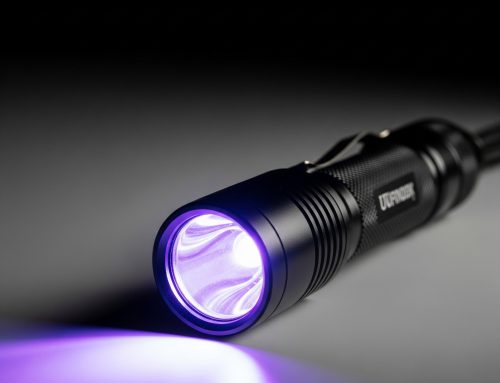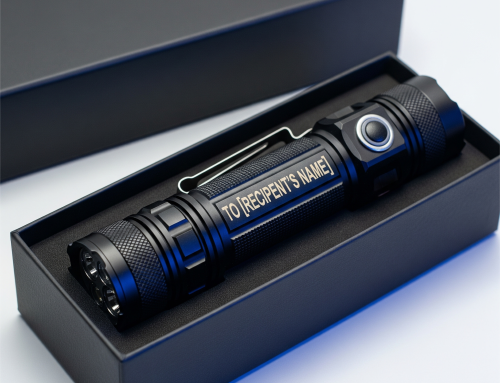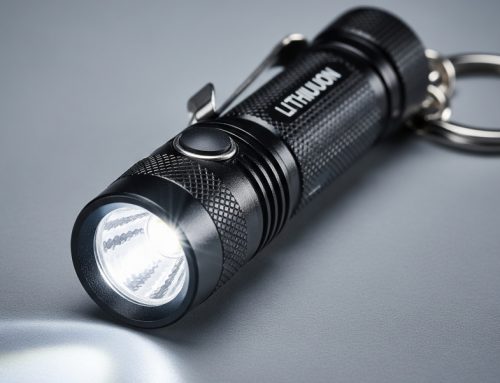The remarkable high sharp LED dimming technology
The volt-ampere characteristics of leds
So-called volt-ampere characteristic of LED, LED p-n junction is through the () may refer to the LED revolution, revolution, change characteristics of current with voltage, on the oscilloscope can be very vividly display the change (as shown in figure 1), a complete volt-ampere curve including the forward and reverse characteristics. Normally, reverse characteristic curve is relatively steep, when the voltage exceeds a certain threshold, the current will be exponential rise, thus LED p-n junction breakdown. And the LED forward voltage is determined by the forward current. From the volt-ampere characteristics of leds (figure 1), the forward current of change will cause the corresponding change of forward voltage, to be exact, the decrease of the forward current will cause the decrease of the forward voltage. So at the time of keep the current, voltage of the LED with reduced, this will change the relationship between the power supply voltage and the load voltage.
Therefore from the volt-ampere characteristic of LED, we can learn that the LED dimming can’t simply use to reduce the LED light source of input voltage and input current, the other leds sinusoidal waveform is different from the waveform of incandescent lamp, so it can’t simply by changing the conduction Angle, so as to realize the purpose of changing its RMS (effective) that move light.
In order to make you easier to understand the above point of view, for example as follows:
For example, in an input for 24 v LED lamps and lanterns, the eight 1 w high power LED. In the forward current of 350 ma, each LED forward voltage is 3.3 V, then eight series is 26.4 V, so the load voltage is higher than the input voltage, so you should use > 24 V constant current source. However, in order to move light, reduce the current to ma, 100 at that time the forward voltage of only 2.8 V, eight series of 22.4 V, load voltage becomes lower than the input voltage, so > 24 V constant current source can’t work, finally LED flashing phenomenon will occur.
Then you may choose to buck type (wide voltage) constant current source, such as 10 v – 30 v constant current source for dimming, but this can be decompression (wide voltage) constant current source if transferred to a low forward voltage, load current of the LED also becomes very low, so the buck than is very big, was beyond the step-down type (wide voltage) the scope of the normal work of the constant current source, also can make it unable to work and produce flashing. ) in addition to buck type (wide voltage constant current source to work long hours in the low light, will make its efficiency is lower and higher temperature rise and unable to work, because can step-down type (wide voltage) the efficiency of constant current source is on and step-down ratio, the greater the step-down ratio, the lower the efficiency, power dissipation on a chip, the greater the loss which will damage the constant current source and the life of the LED light source. Because a lot of people don’t understand the question, is always to find problems from the dimming circuit, it is in vain.



